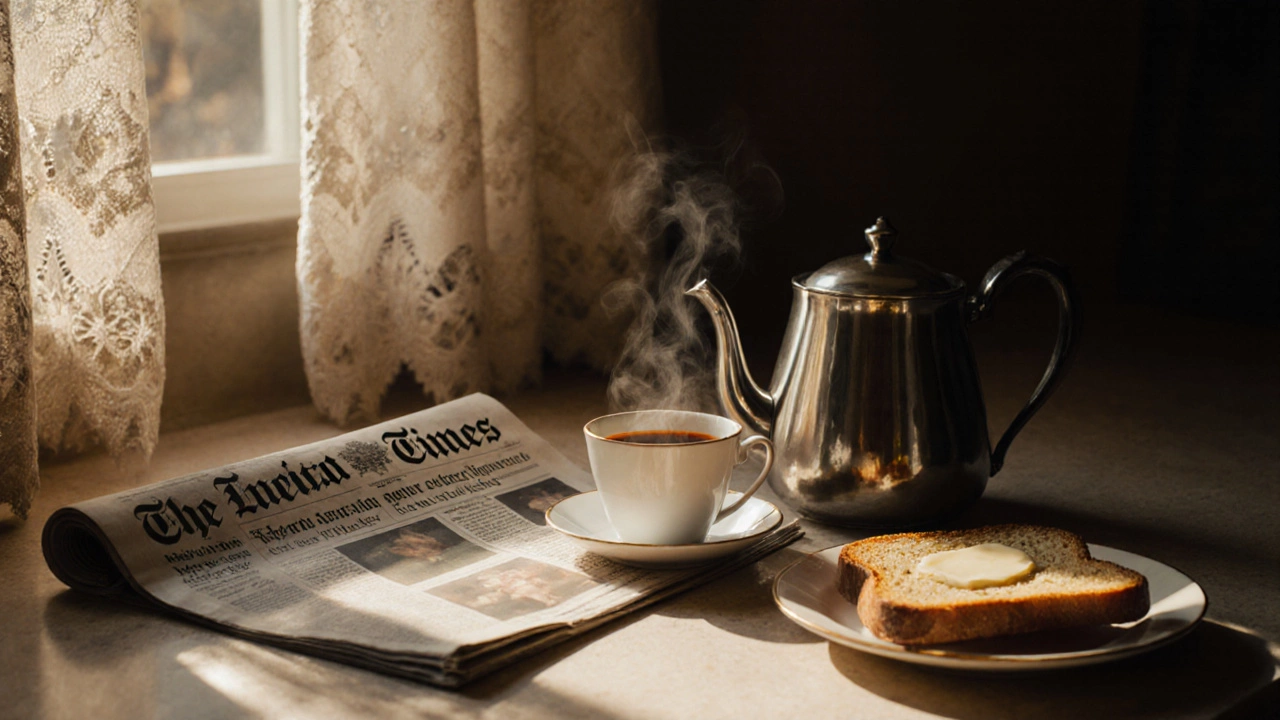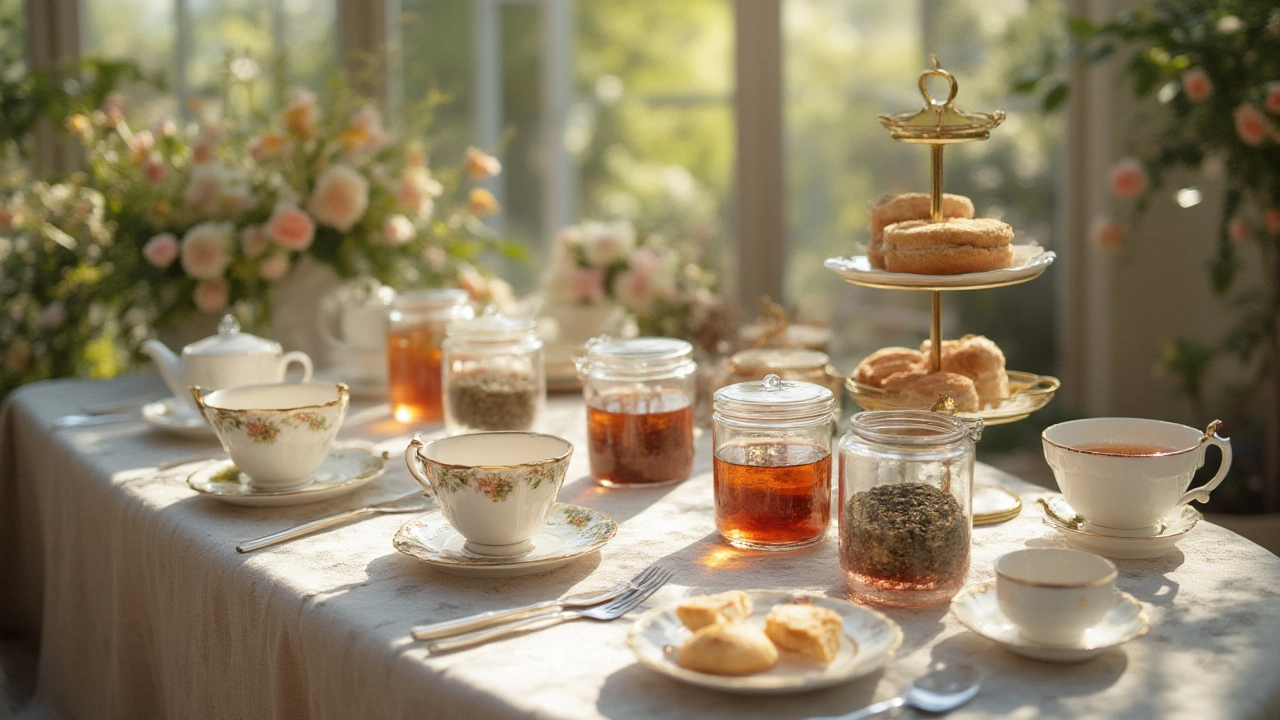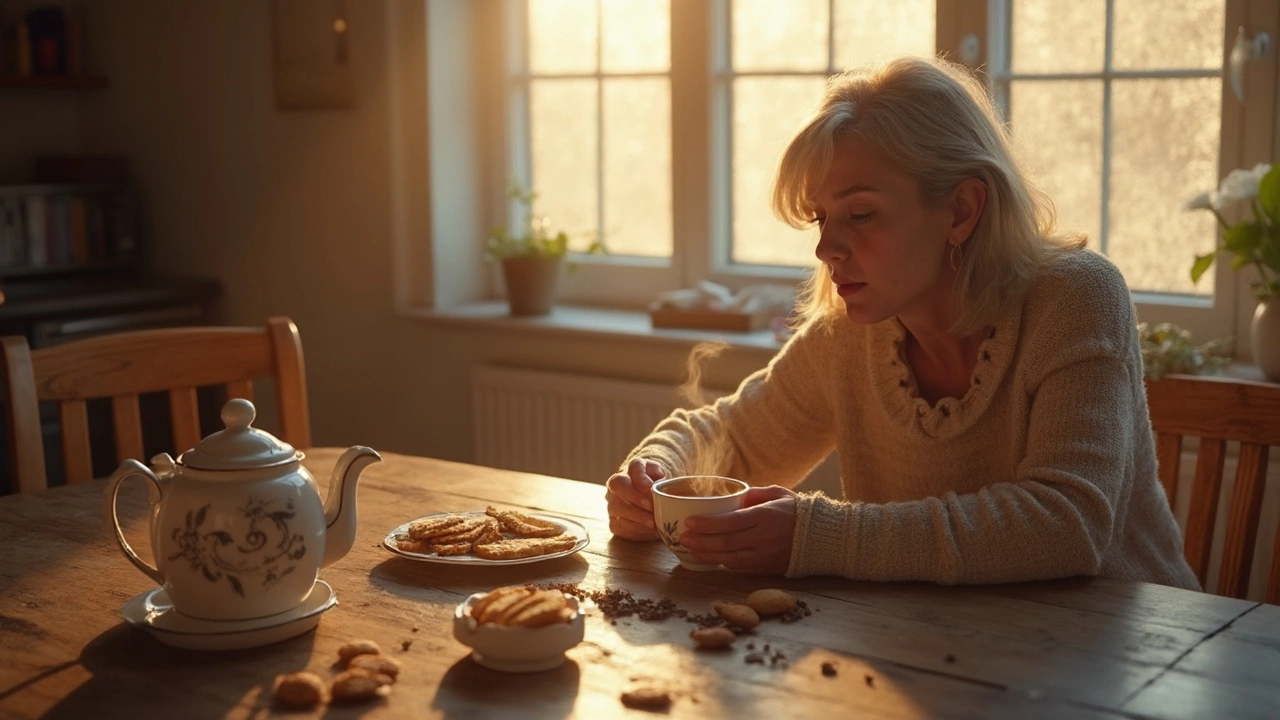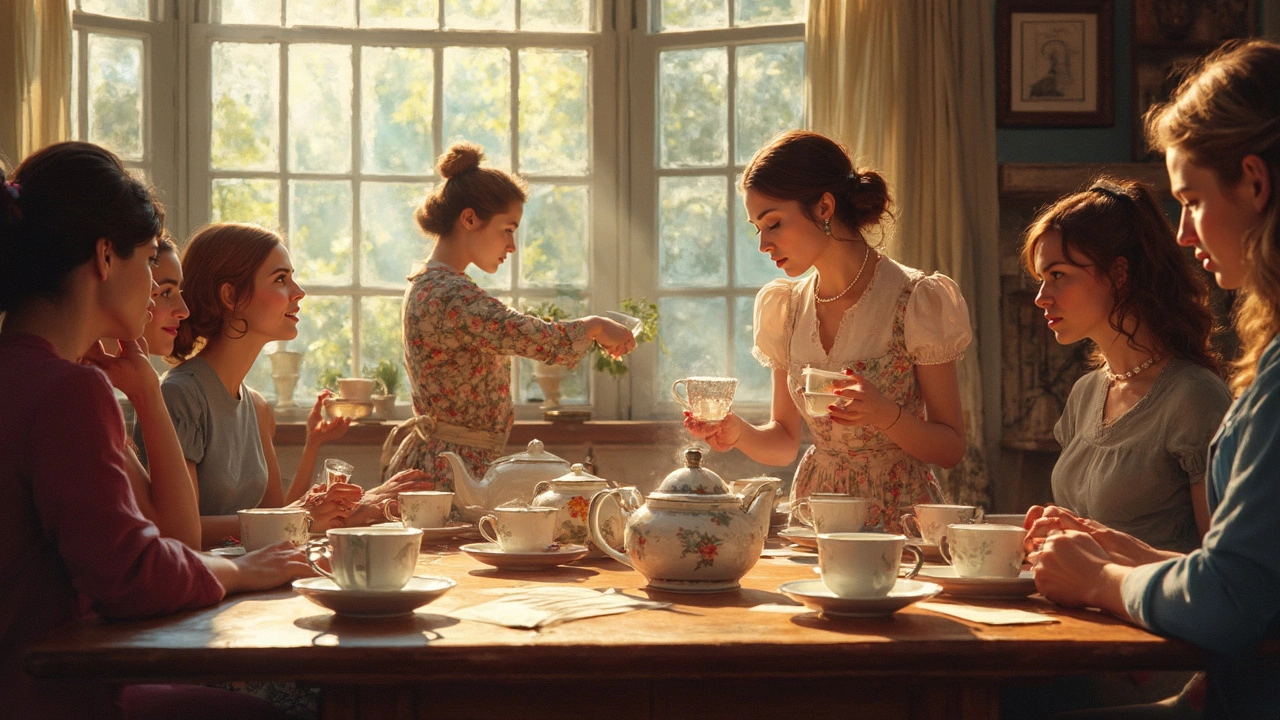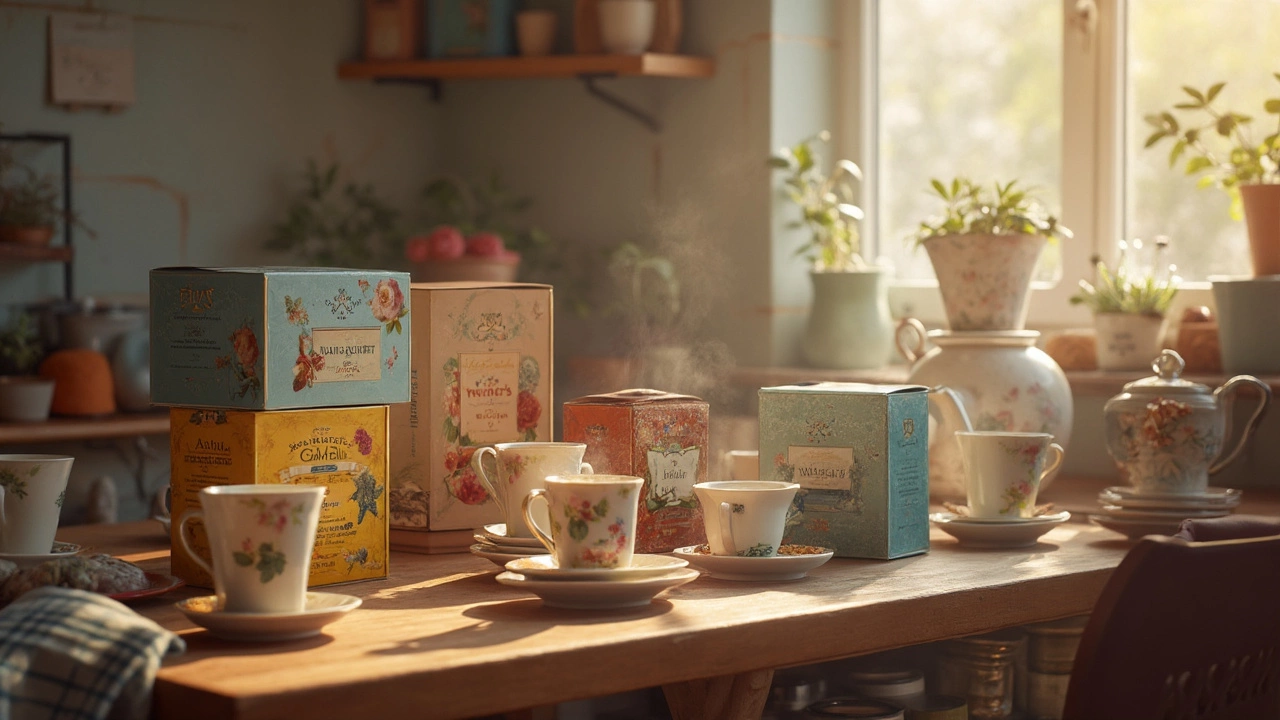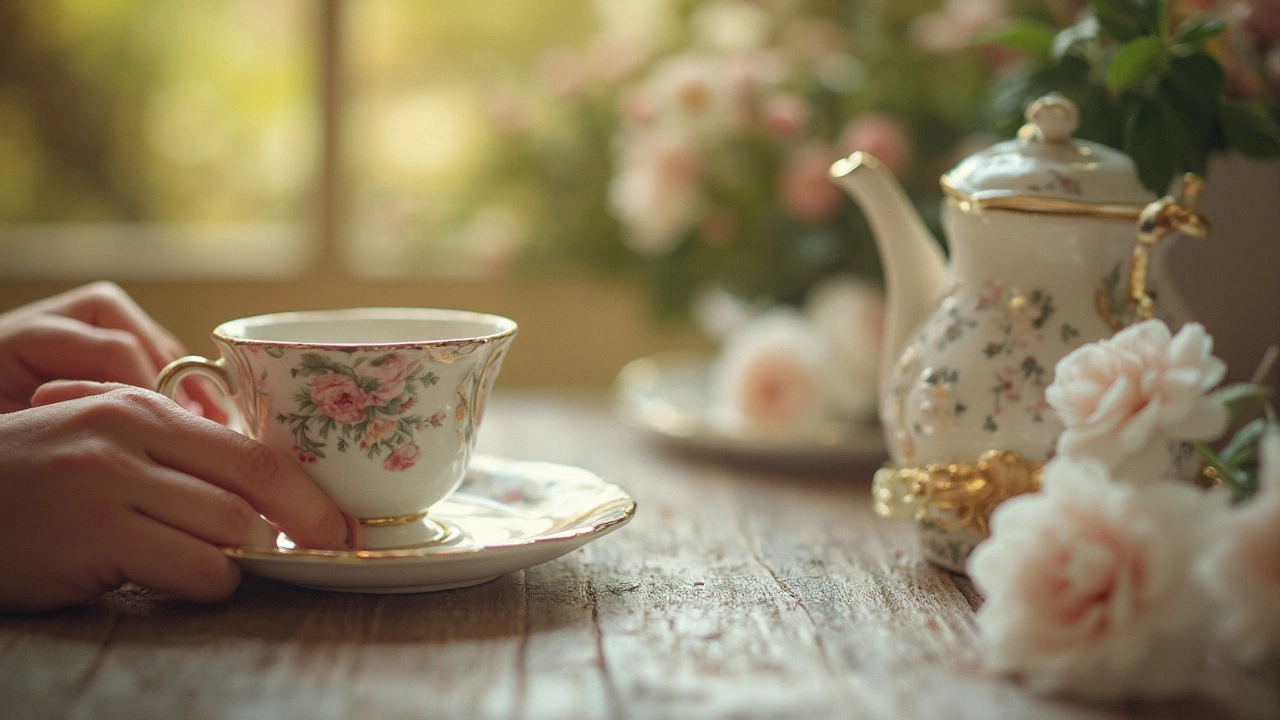Tea Tasting Guide: Master the Art in Simple Steps
Ever wondered why some people seem to get tea tasting down to a science? You don’t need a fancy degree – just a few handy habits and the right mindset. In this guide we’ll walk through everything you need to know, from the first sip to the final note, so you can enjoy tea like a true enthusiast.
Set Up Your Tasting Station
First things first: create a clean, distraction‑free space. A plain white plate or small saucer helps you see the liquor’s color clearly. Use a proper teacup – porcelain or glass works best – because it won’t interfere with aroma. Keep water nearby for rinsing your palate between sips, and have a notebook ready to jot down quick thoughts.
Temperature matters a lot. Most teas taste best between 70°F and 80°F (21‑27°C). If the brew is too hot, it can mask delicate flavors; too cold and you’ll miss the subtle nuances. Let your tea cool for a minute after steeping, then give it a quick swirl to release the scent.
How to Evaluate Aroma, Flavor, and Mouthfeel
Start with the nose. Hold the cup a few inches away and inhale gently. Can you pick up hints of citrus, floral notes, or maybe a hint of earth? Remember, you’re not trying to sniff every single molecule – just the dominant scents that stand out.
Take the first sip and let it roll across your tongue before you swallow. Notice the initial taste (the “first impression”), the body (how it feels in your mouth), and the finish (what lingers after you swallow). Is the tea bright and brisk, or smooth and mellow? Does it leave a pleasant aftertaste or an unwanted bitterness?
Don’t forget texture. Some teas feel silky, others more astringent or even slightly creamy. A good mouthfeel can make a simple brew feel luxurious. Write down one word for each category – aroma, flavor, texture – to build a quick reference for future tastings.
Once you’ve recorded your impressions, rinse your palate with a sip of room‑temperature water. This resets your senses so the next tea doesn’t get clouded by the previous one. Repeat the process for each variety you try, and you’ll start spotting patterns in what you like.
Finally, think about pairing. A light green tea pairs well with fresh salads or sushi, while a robust black tea complements breakfast pastries. Experiment with simple snacks to see how they enhance or clash with the tea’s profile.
That’s it – a straightforward routine that turns any tea moment into a mini‑sensory adventure. Keep practicing, trust your senses, and soon you’ll be the go‑to person for tea recommendations at gatherings. Happy tasting!
There's no single 'most delicious' tea flavor-it depends on your taste, culture, and moment. Explore bold black teas, delicate greens, soothing rooibos, and the iconic Moroccan mint to find your perfect cup.
View DetailsPlanning a tea tasting? Dive into expert tips on which teas, snacks, and food to serve for the perfect tea experience. Discover unique pairings and ideas.
View DetailsEver had tea and felt sick or even threw up? You're not alone. This article explores common reasons why tea can make some people nauseous, from empty stomach issues to hidden ingredients. You'll get useful tips for safer tea tasting and ways to enjoy your cup without the risk of feeling sick. Learn what to do if tea keeps making you queasy and find out which teas are gentler on sensitive stomachs.
View DetailsIs slurping your tea actually rude, or is it a sign you really know your stuff? This article breaks down when slurping is totally fine and when it’s frowned upon. You’ll get a look at why slurping matters in professional tea tasting, the roots of tea etiquette, and how different cultures see it. If you want to enjoy your next cup of tea with confidence, these tips will help you get it just right. Get the facts and avoid awkward moments.
View DetailsEver heard someone say 'tea girl' in the middle of a tasting session? This article digs into what 'tea girl' slang really means among tea fans, especially in professional tea circles. From its quirky origins to how it's used today, get to know why this term matters. You'll also pick up some handy facts and tips about the behind-the-scenes world of tasting rooms. If you love tea, this is a piece you don't want to skip.
View DetailsChoosing the best tea brand in the world feels like picking a single star in the night sky. This article breaks down what separates true tea legends from the rest, focusing on taste, history, and trust. You'll discover which brands real tea lovers trust, plus how to spot the real deal. Get practical tips on what really matters for your next cup. This is all about making your tea moments better, one sip at a time.
View DetailsSetting up a tea tasting at home or anywhere else is all about getting the right balance between the teas you pour and the treats you serve. This article walks you through choosing a mix of teas, picking the best foods to complement each one, and creating an easy tasting order. You'll learn how to keep your guests comfortable and engaged, plus a few tricks to make your tea tasting feel special without fuss. Get ready to serve like a seasoned host, without a hint of stuffiness.
View DetailsTasting tea can get confusing when it comes to astringency and bitterness. These two sensations often get mixed up, but understanding the difference makes all the difference in enjoying your brew. This article digs into what each one actually is, why they show up in your cup, and how to spot (and even control) them. You'll get useful tips to fine-tune your palate and brew a cup that's just right for you. Get ready to master the art of tea tasting.
View DetailsTea tasting isn’t just sniffing and sipping fancy brews for fun—it’s a real, specialized job that shapes the entire tea industry. From judging flavor to ensuring quality, tea tasters have a huge impact on what ends up in your cup. This article breaks down what tea tasting involves, the skills needed, and how someone actually becomes a professional taster. You’ll get practical tips and a look into what daily life looks like in this field. If you’ve ever wondered who decides which teas make the cut, read on.
View DetailsDiscover the world's most beloved tea, its distinctive characteristics, and why it holds the top spot. Learn about its origin, taste profile, and the unique factors contributing to its popularity. We delve into the art of tea tasting, providing practical tips to appreciate the flavors fully. Whether you're a seasoned tea lover or a curious beginner, this guide will enhance your tea experience.
View DetailsEver wondered what tea flavor captures the hearts of millions worldwide? Join us as we dive into the world of tea tasting and discover the top tea flavor that tops the global charts. From its origins to its widespread appeal, we'll explore why this flavor stands out among countless others. Get ready to learn some interesting tidbits and practical tips to enhance your tea experience.
View DetailsUnravel the mystery of whether you should lift the saucer when enjoying your cup of tea. Discover insights into tea etiquette, explore the function of the saucer, and uncover tips for the perfect tea tasting experience. Navigate through intriguing facts about tea customs and boost your tea-drinking skills. Let's sip into the world of tea with clarity and confidence.
View Details